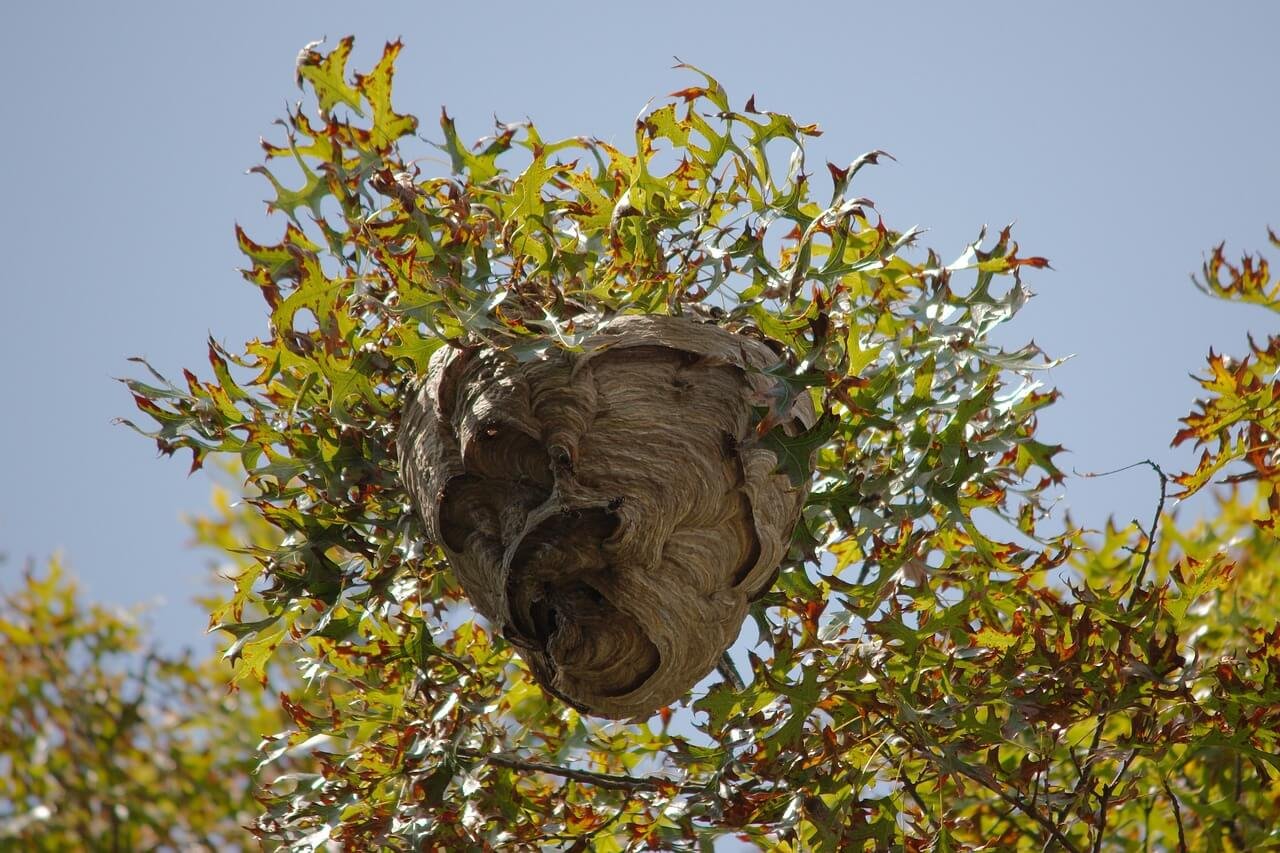
Understanding Wasp Nests: A Comprehensive Guide
Wasp nests can be a source of concern for homeowners and businesses alike, especially as wasps are known for their aggressive behavior when threatened. Understanding the lifecycle of a wasp nest, how to identify it, and the risks associated with wasp infestations can help you take appropriate action to manage them safely and effectively.
What is a Wasp Nest?
A wasp nest is the structure built by wasps to house their colony. The queen initiates the construction of the nest in spring by using chewed wood fibers mixed with saliva to form a paper-like substance. Over time, the nest expands to accommodate hundreds, sometimes thousands, of wasps. These nests are typically found in sheltered areas such as tree branches, eaves of houses, garages, wall cavities, sheds, and even underground in some species like yellow jackets.
Common Types of Wasp Nests
There are several species of wasps, and each builds its nest slightly differently. The most common types include:
- Paper Wasps: They build open, umbrella-shaped nests that hang from horizontal surfaces. Their nests have visible combs where the larvae develop.
- Yellow Jackets: These wasps often construct nests underground or in wall cavities. Their nests are enclosed, unlike the open structure of paper wasps, and can house large colonies.
- Hornets: Hornets build large, enclosed nests in trees or under eaves. These nests are made of the same papery material but are much larger and more oval in shape.
How to Identify a Wasp Nest
Identifying a wasp nest early can help prevent an infestation from escalating. Key signs of a wasp nest include:
- High wasp activity: Seeing wasps regularly flying in and out of a specific area is a strong indicator of a nearby nest.
- Visible nest: In the case of paper wasps and hornets, nests are often visible under eaves, in attics, or on tree branches.
- Buzzing sounds: If a nest is hidden within a wall cavity or roof space, you may hear a persistent buzzing sound.
The Lifecycle of a Wasp Nest
Wasp nests typically follow a seasonal lifecycle. Understanding this can help you determine the best time for removal or treatment.
- Spring (Founding Stage): In spring, the queen emerges from hibernation and begins constructing a small nest. She lays the first batch of eggs, which will hatch into worker wasps that will continue to build the nest.
- Summer (Expansion Stage): The nest grows rapidly as the worker wasps take over the construction process, and the queen focuses on laying eggs. By mid-summer, a nest can house several hundred wasps.
- Late Summer to Fall (Peak Activity): The colony is at its largest, and this is when wasps can become more aggressive, particularly if the food supply dwindles. The nest may also begin to produce male drones and new queens for the next generation.
- Winter (Decline Stage): The colony dies off in the winter, leaving only the new queens to hibernate and start new colonies in the spring. Old nests are usually abandoned and not reused by wasps.
Dangers of a Wasp Nest
Wasps are generally more aggressive than bees, and their sting can be painful. Some species, like yellow jackets and hornets, are particularly defensive of their nests and may attack in large numbers if they feel threatened. Wasp stings can cause allergic reactions, including anaphylaxis, in some individuals, making wasp nests a serious health hazard if located near living areas.
In addition to the risk of stings, wasp nests in walls or attics can cause structural damage. Their nests can grow quite large, and the moisture from decaying nests can attract other pests or mold.
Dealing with a Wasp Nest
If you discover a wasp nest, it’s important to assess the situation carefully before taking any action.
- Avoid disturbing the nest: Wasps become highly aggressive if they feel their nest is threatened. Avoid loud noises, vibrations, or attempting to knock the nest down without proper precautions.
- Professional pest control: The safest option for removing a wasp nest is to contact a professional pest control service. They have the equipment, protective gear, and knowledge to safely remove the nest without endangering you or your family.
- DIY removal: For small nests, some homeowners may attempt removal using insecticidal sprays designed specifically for wasps. However, this is only advisable if the nest is easily accessible and the risk of attack is low. Always wear protective clothing and follow the product instructions carefully.
- Prevention: To prevent wasps from nesting on your property, seal any cracks or crevices around your home, remove food sources like open garbage bins, and keep outdoor areas clean.
When to Remove a Wasp Nest
The best time to remove a wasp nest is in the early stages of development, typically in late spring or early summer when the nest is still small, and the wasps are less aggressive. However, if a nest is found later in the season, especially if it’s near a high-traffic area, removal should be prioritized to avoid potential attacks.
Conclusion
Wasp nests can pose serious risks to humans and structures if left untreated. Whether you decide to tackle the problem on your own or call a professional, acting quickly and safely is key to managing wasp nests. By understanding their lifecycle, identifying the signs of a nest early, and taking preventive measures, you can protect your property and avoid the dangers associated with wasp infestations.